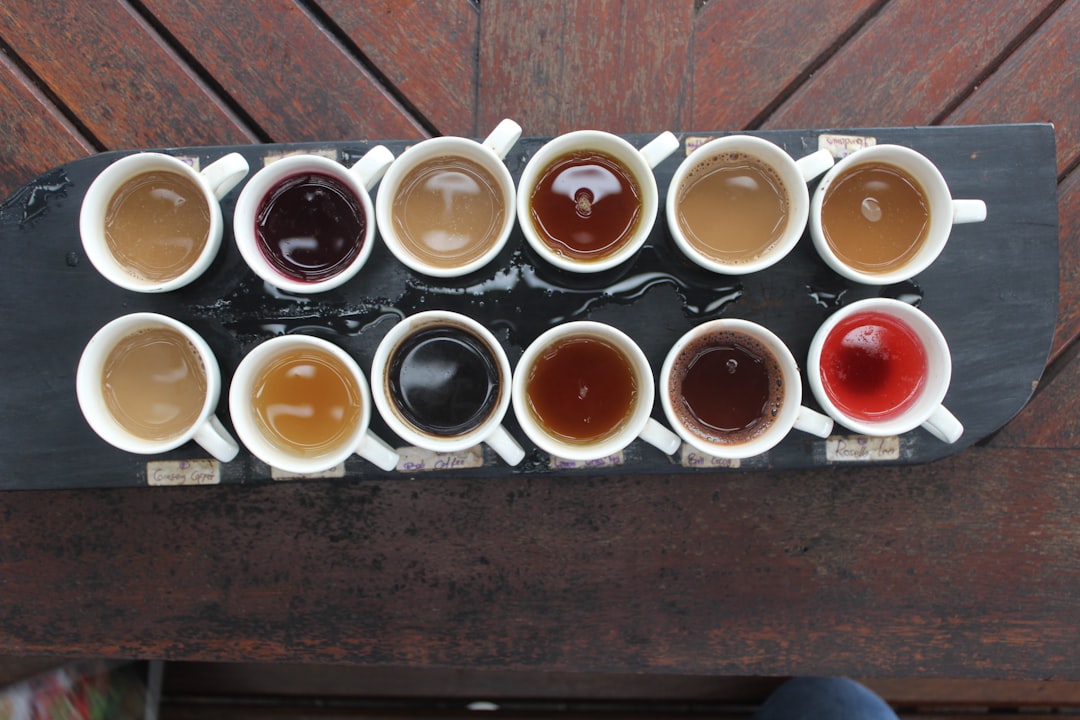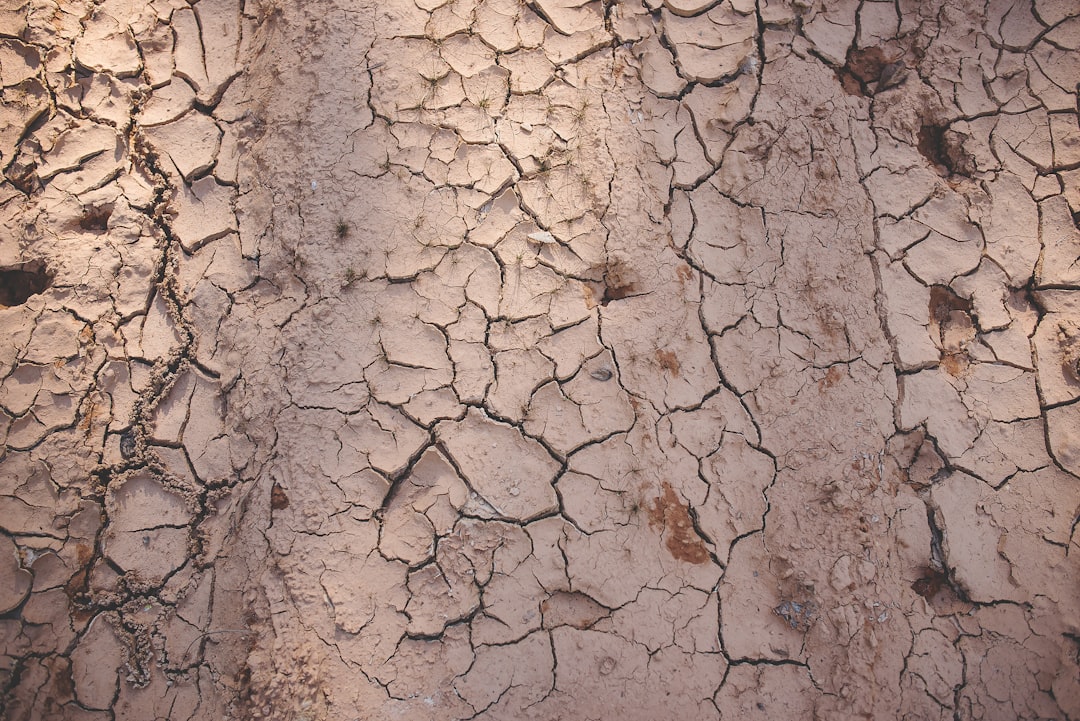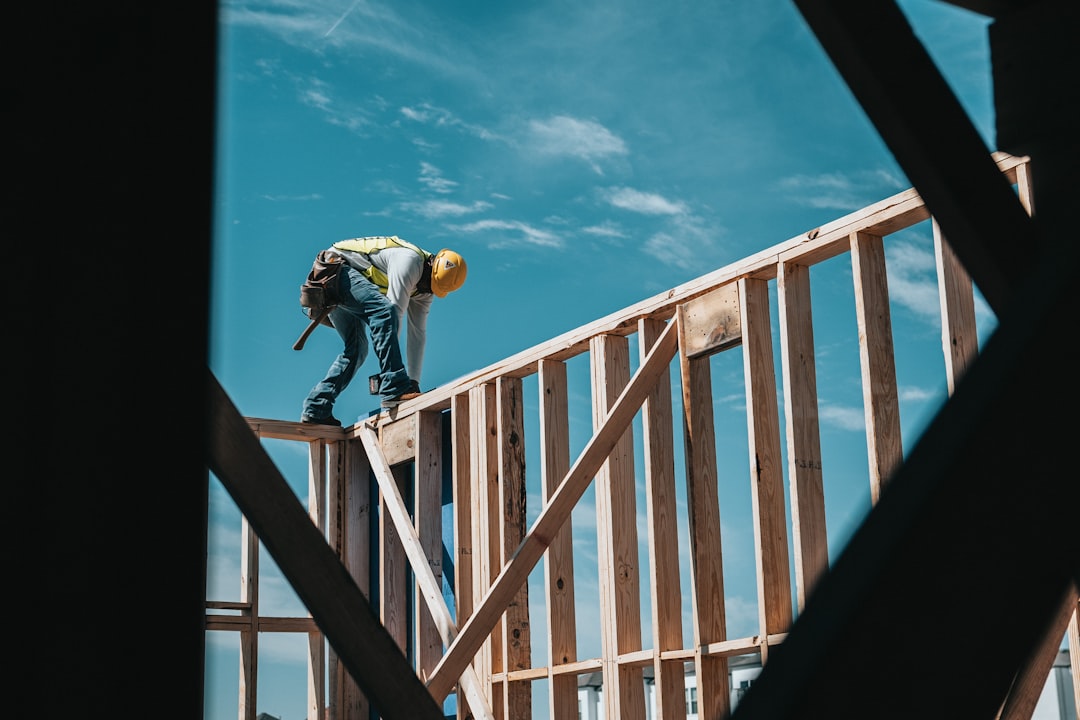What is it about?
Polymers capable of generating surface relief gratings (SRGs) were studied intensively in the last period for their applications in hot research areas, such as data storage, solar energy conversion, plasmonics, and biology. In the case of azopolymers, SRGs can be generated by two main procedures: pulsed or continuous laser irradiation. In this article, we discuss the possibility of obtaining stable SRGs with azopolysiloxanes with low glass-transition temperature values, depending on the illumination type. These studies evidenced that the polymer chemical structure had a strong influence on the SRG stability in time. For the unsubstituted azobenzene, unstable surfaces resulted, whereas for the substituted azo groups stable reliefs were obtained. A parallel discussion between the pulsed and continuous irradiation techniques and structuration mechanisms is given. The operational conditions strongly affected the relief quality when the pulsed laser irradiation method was used.
Featured Image
Read the Original
This page is a summary of: Surface relief gratings induced by pulsed laser irradiation in low glass‐transition temperature azopolysiloxanes, Journal of Applied Polymer Science, June 2014, Wiley,
DOI: 10.1002/app.41015.
You can read the full text:
Contributors
The following have contributed to this page










